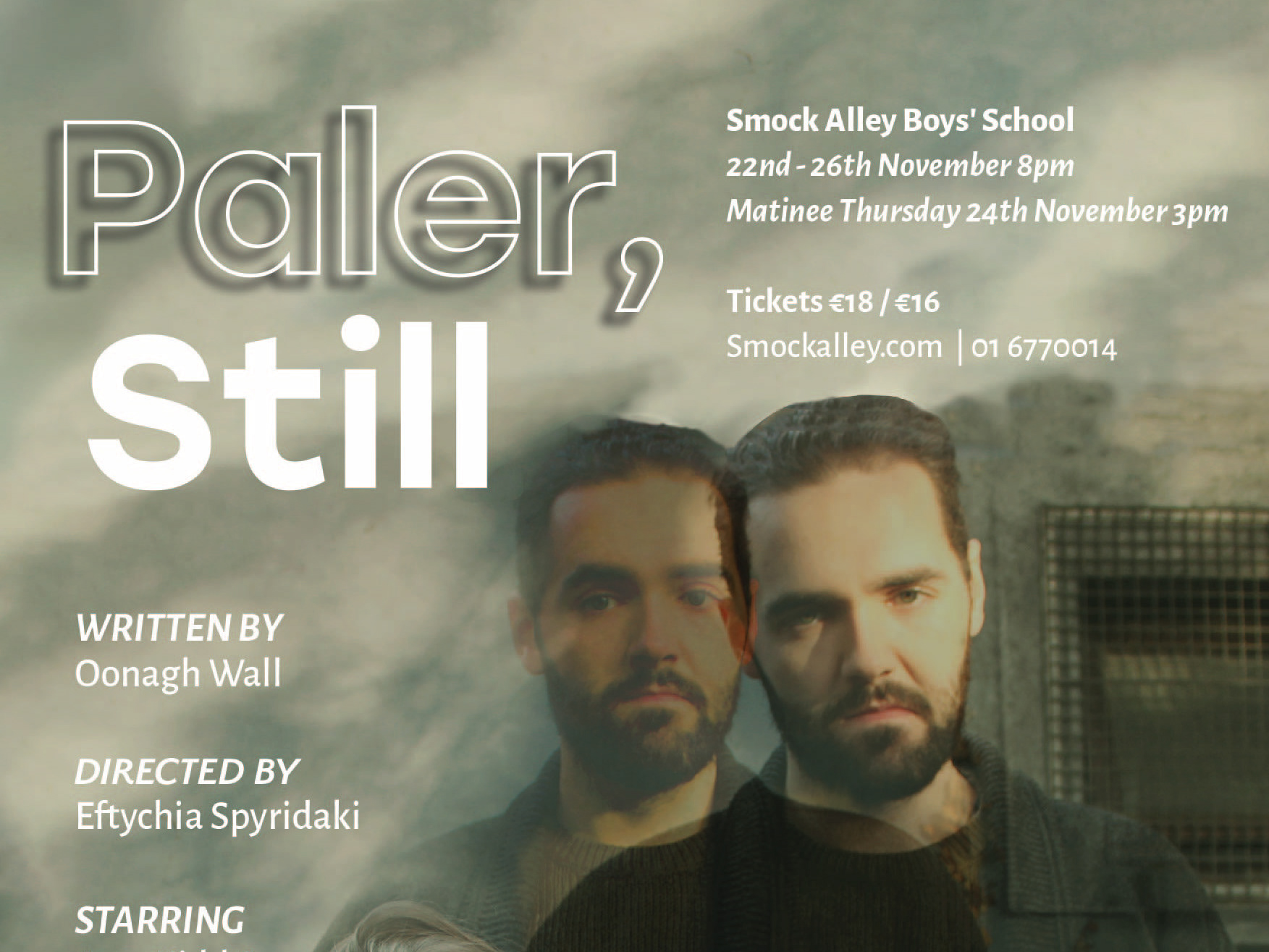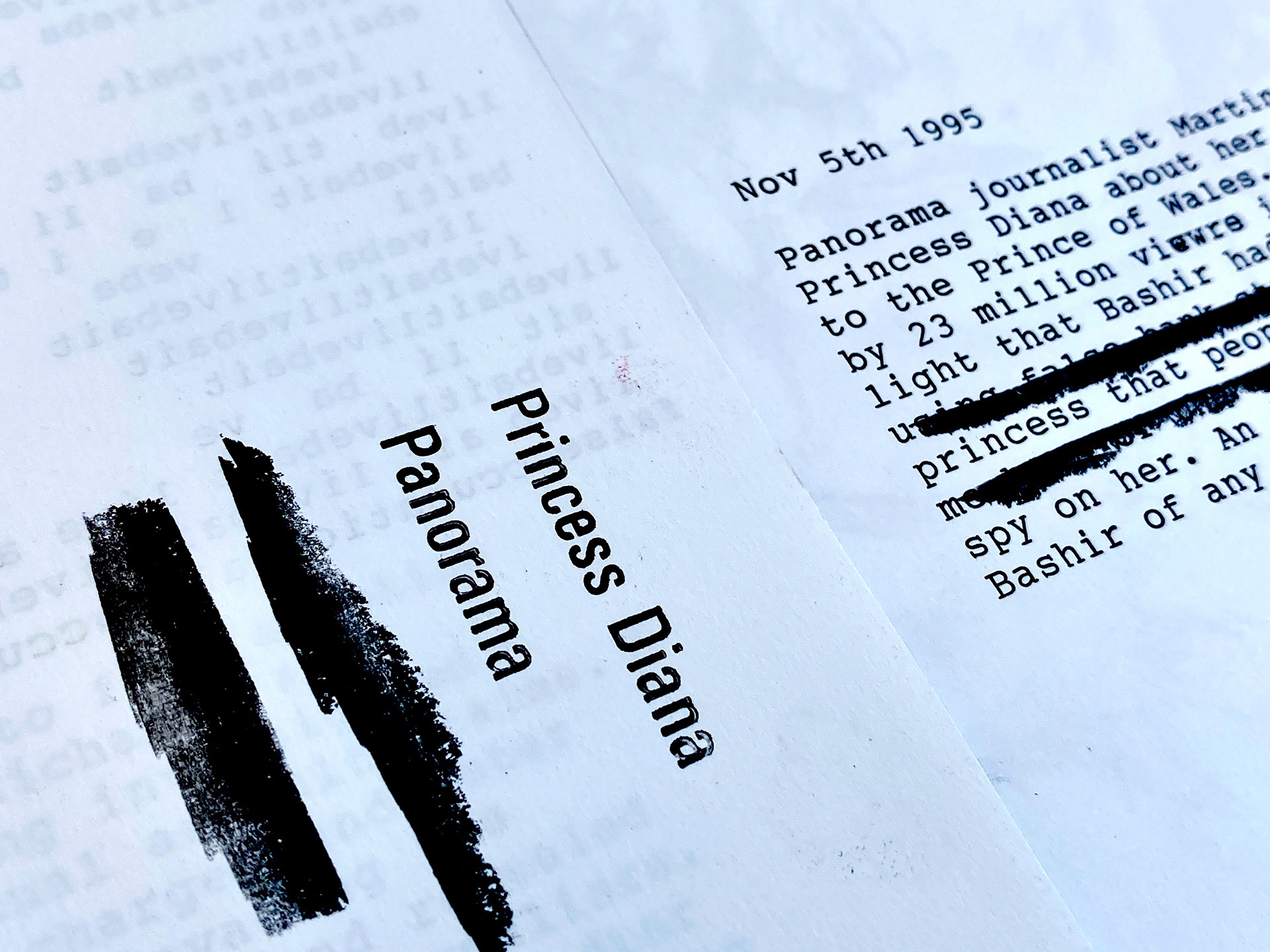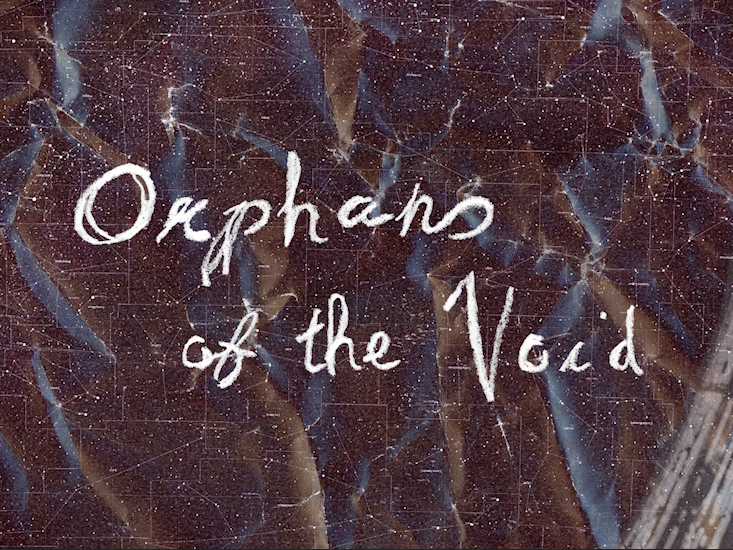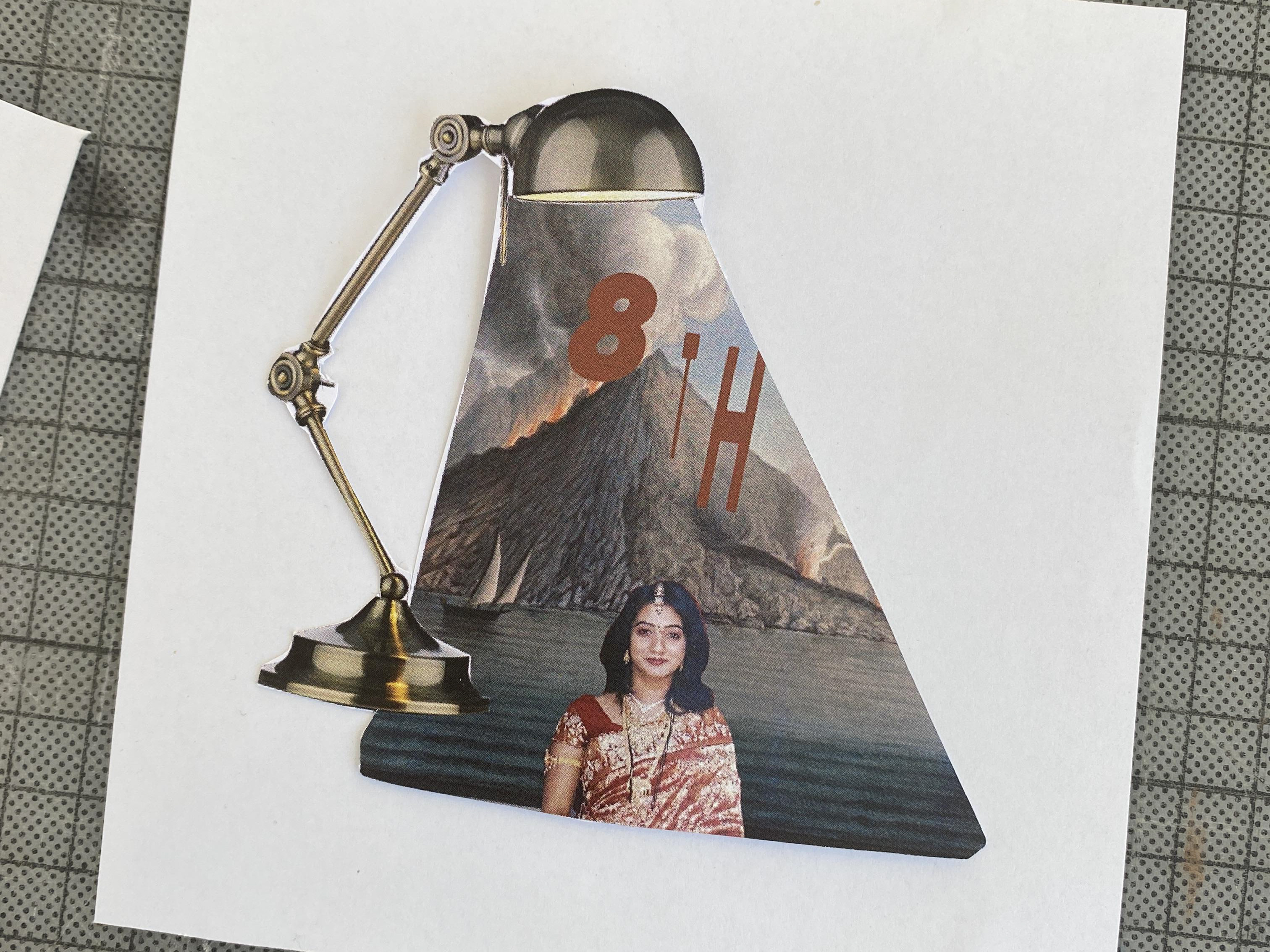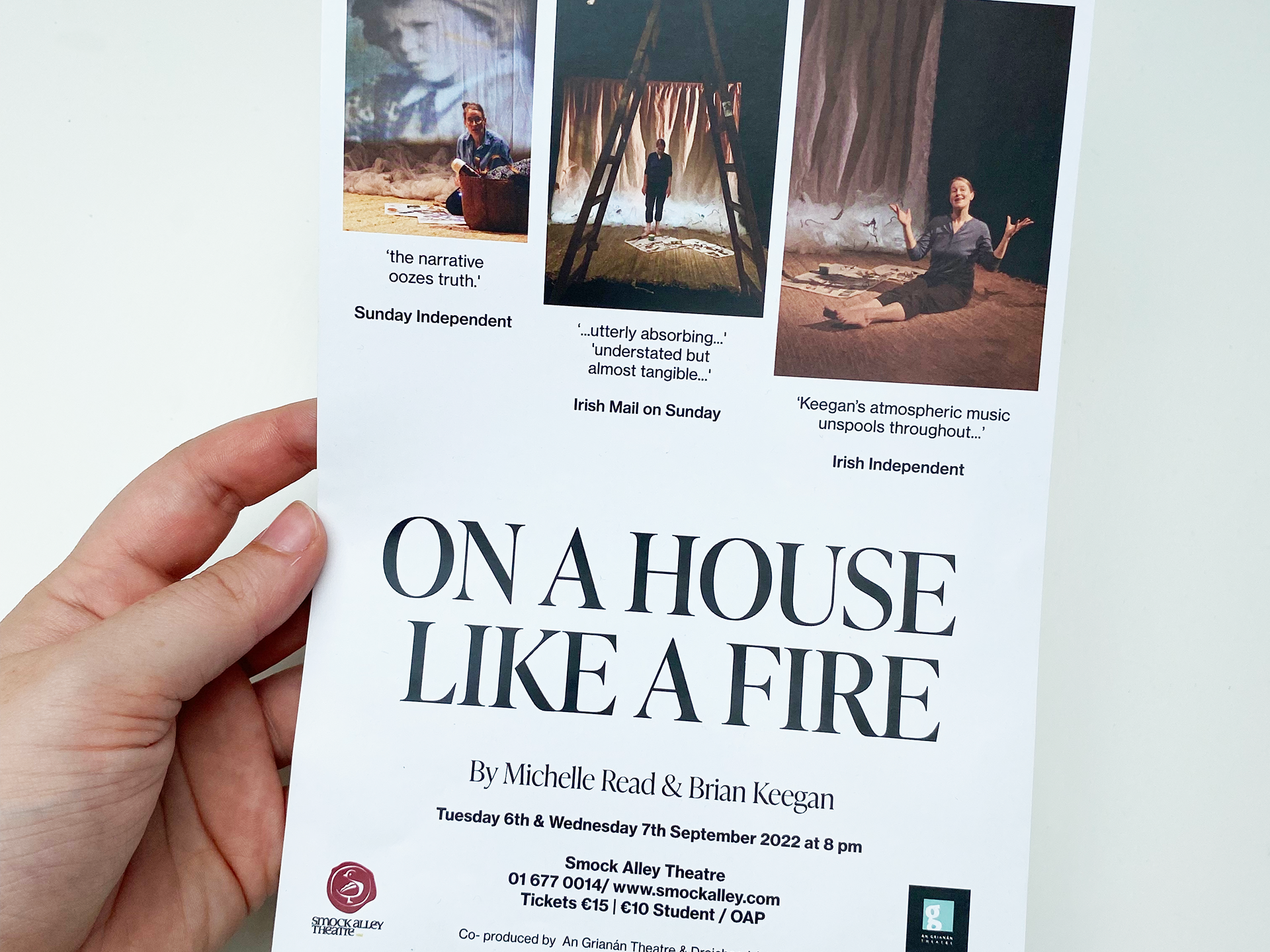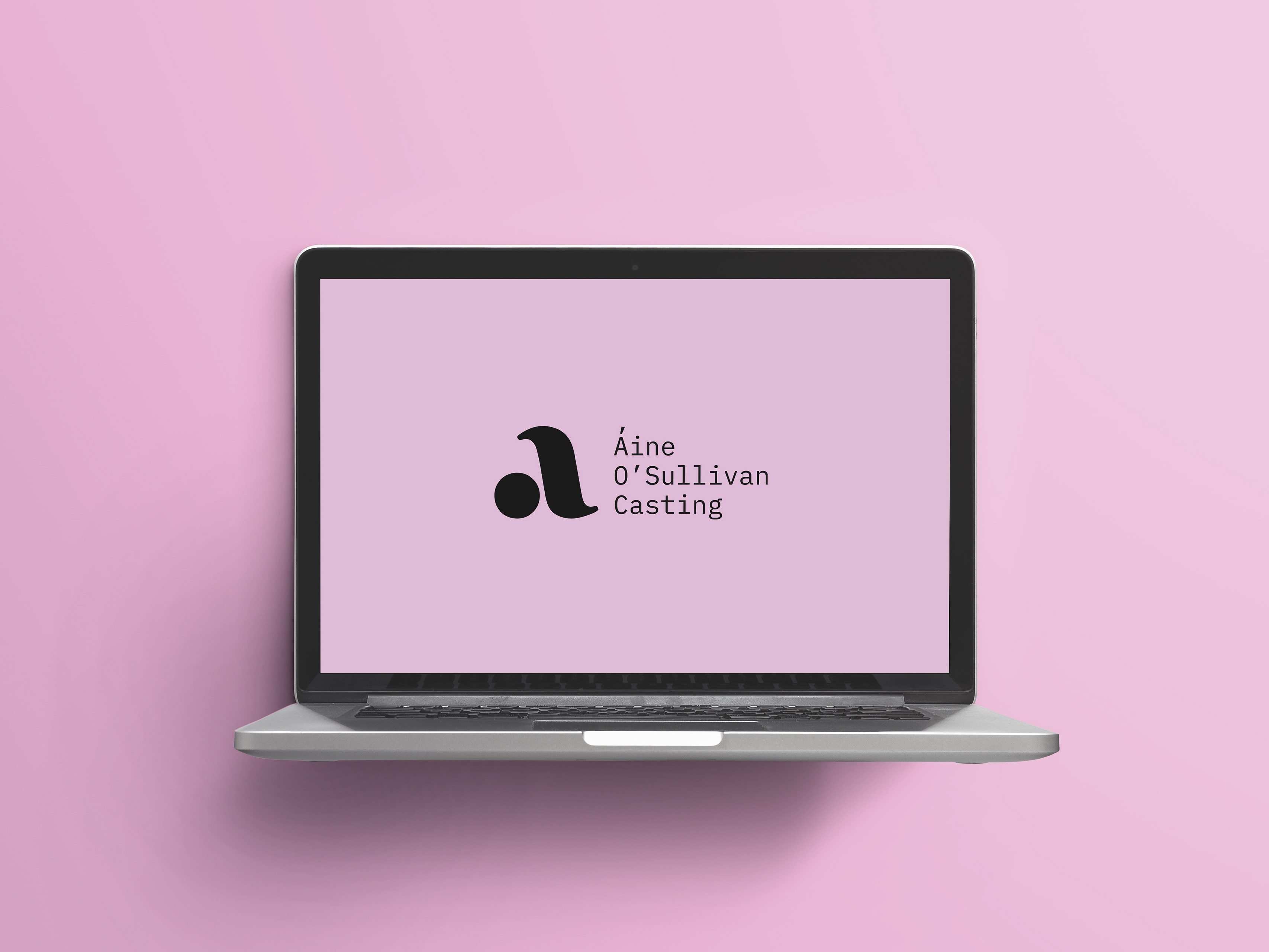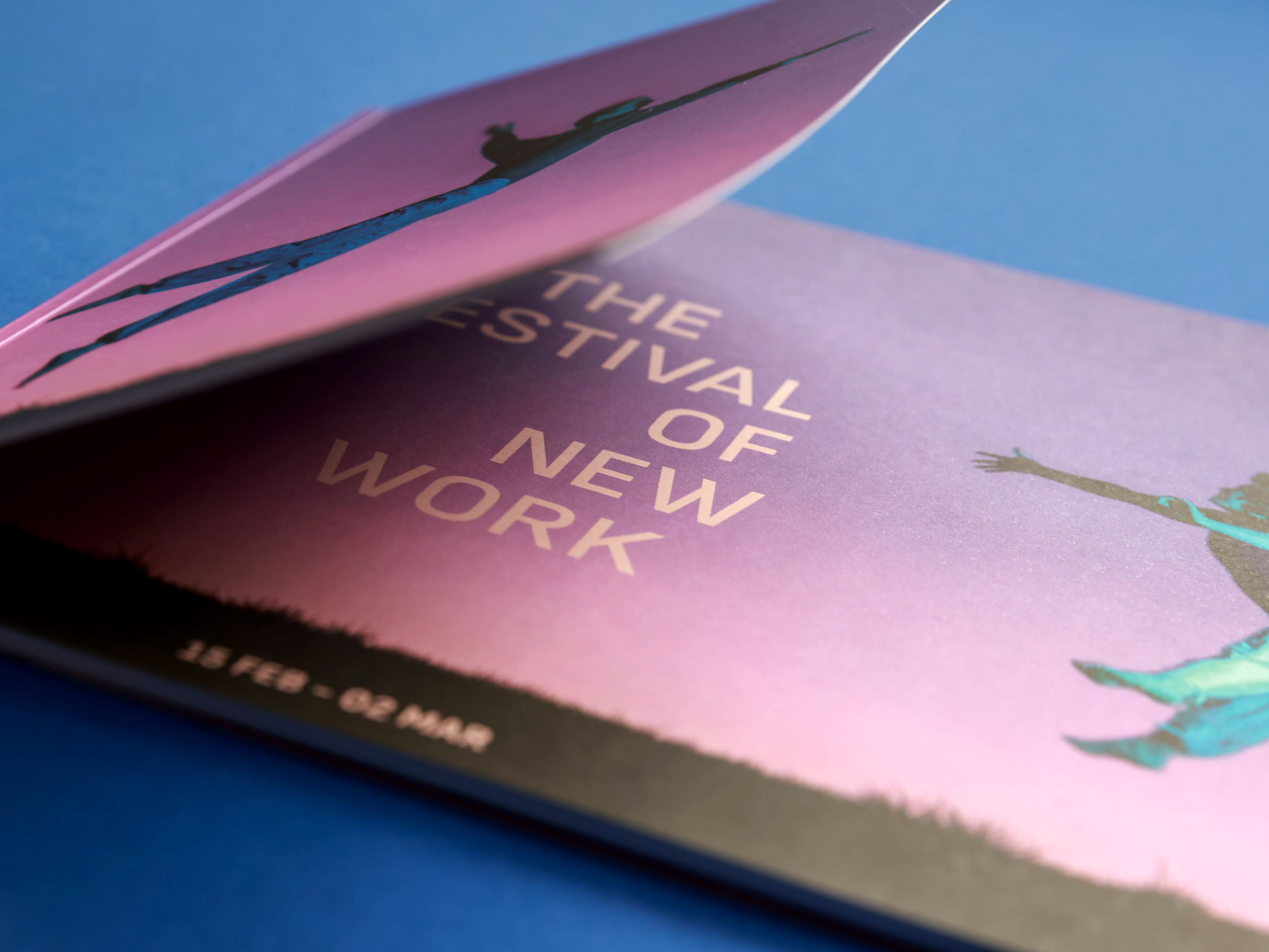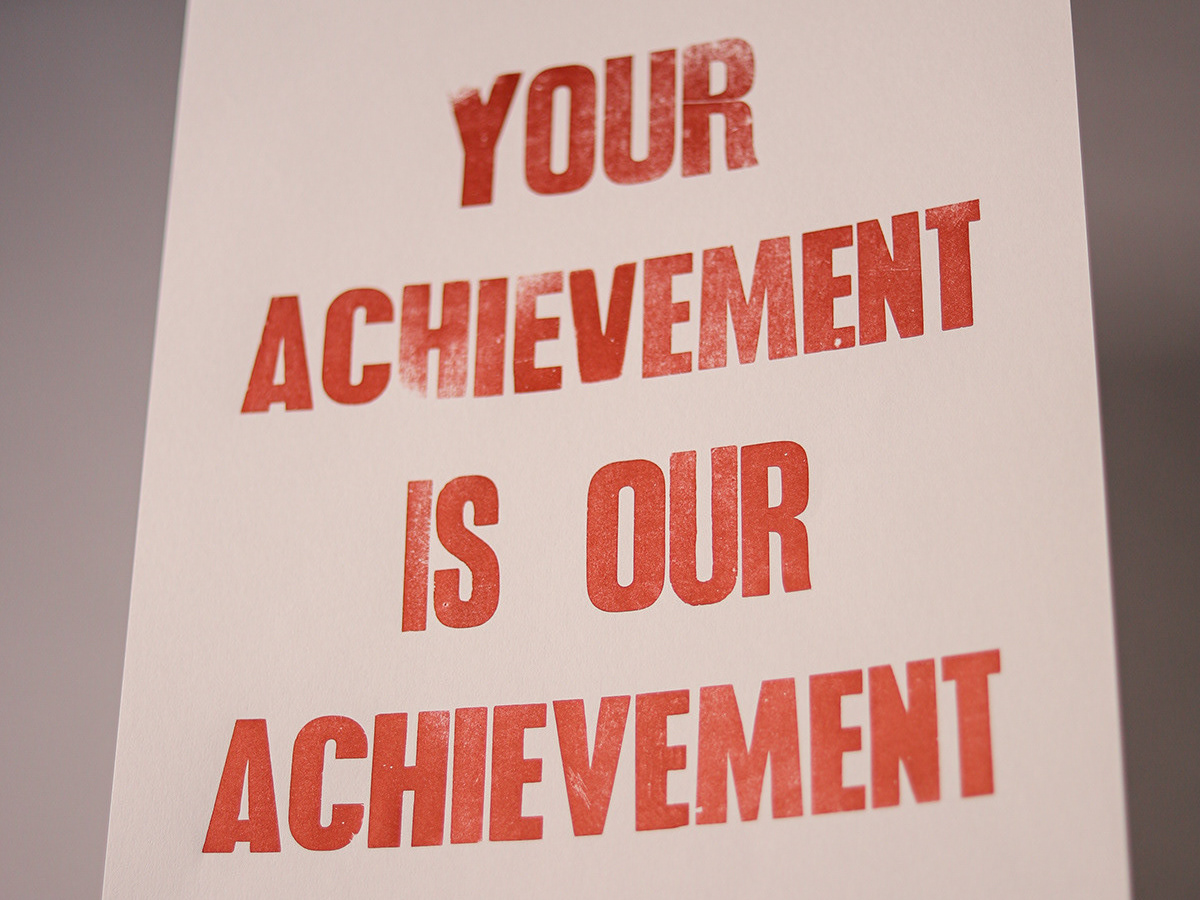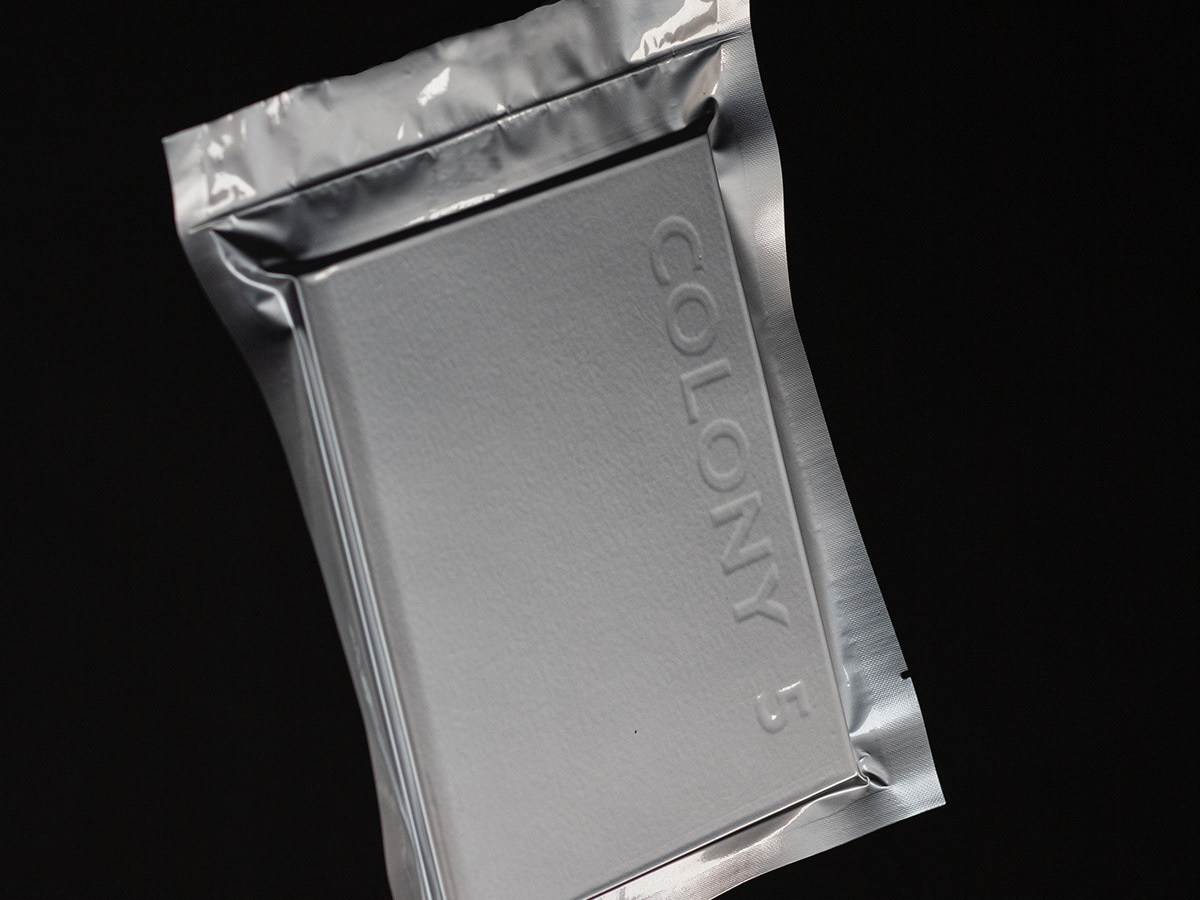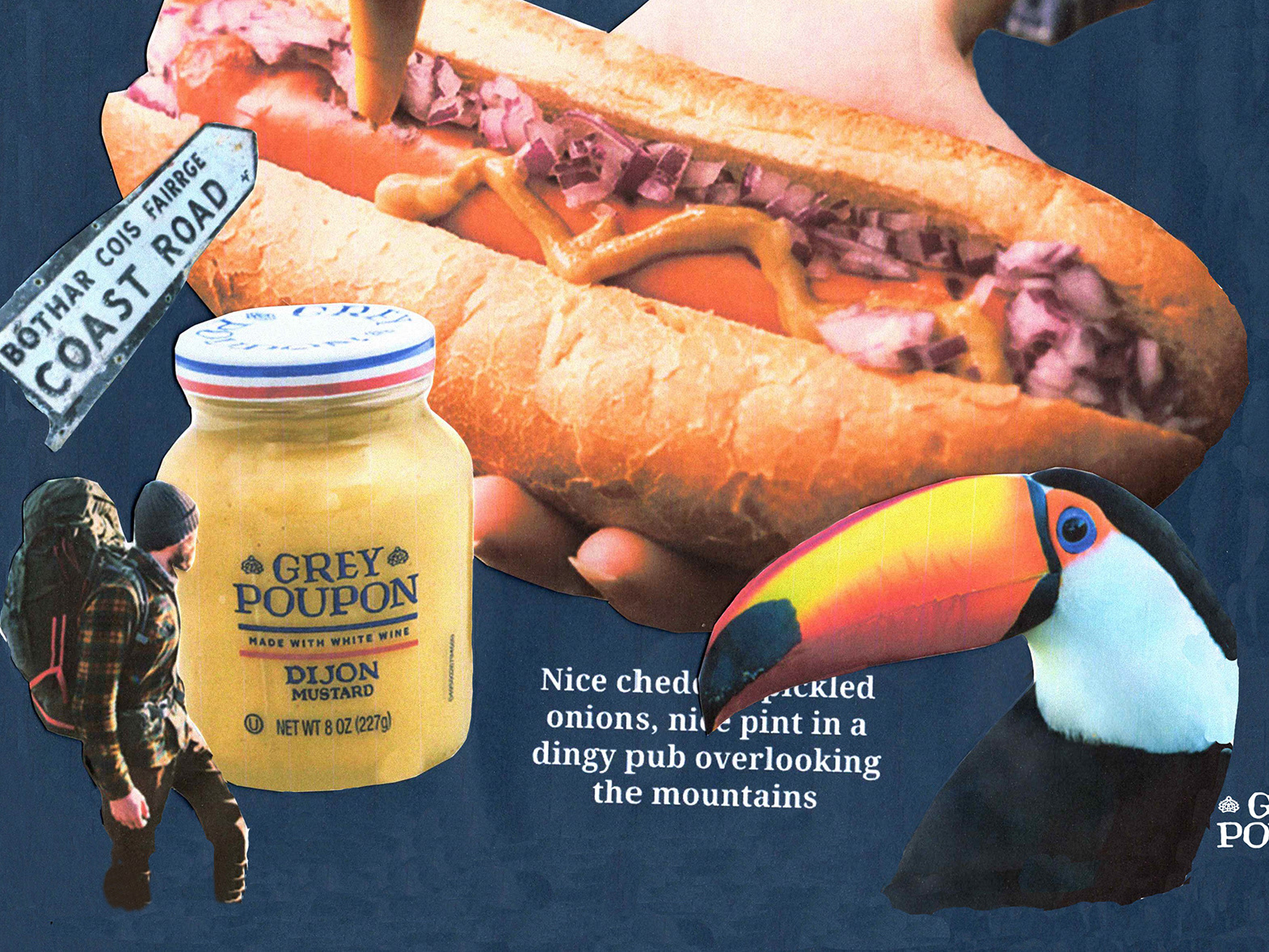

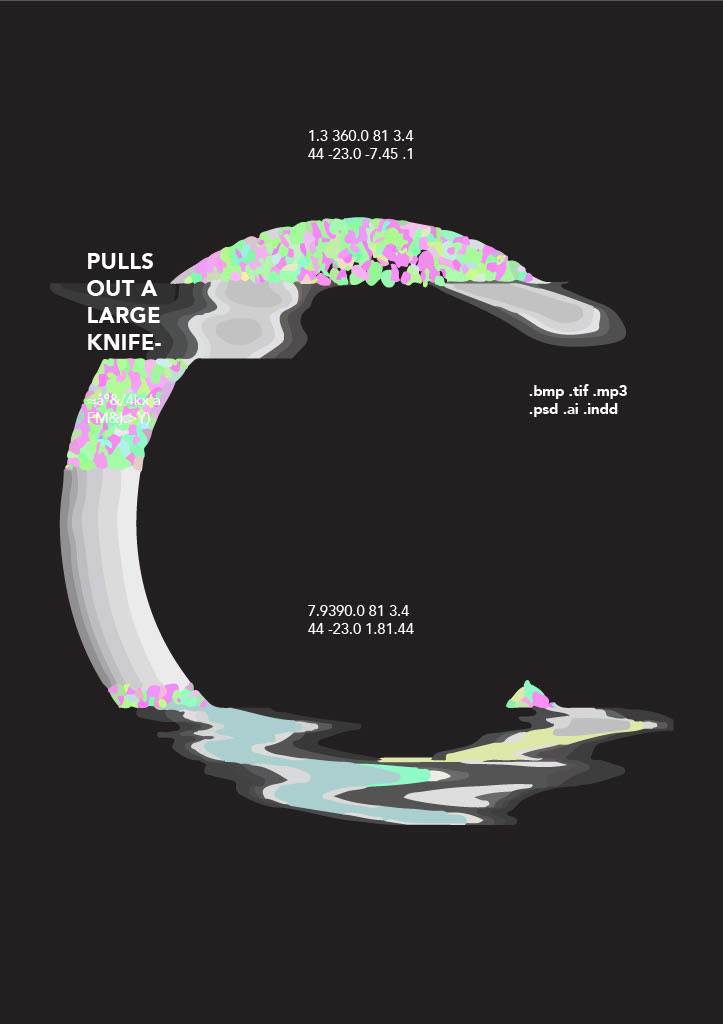

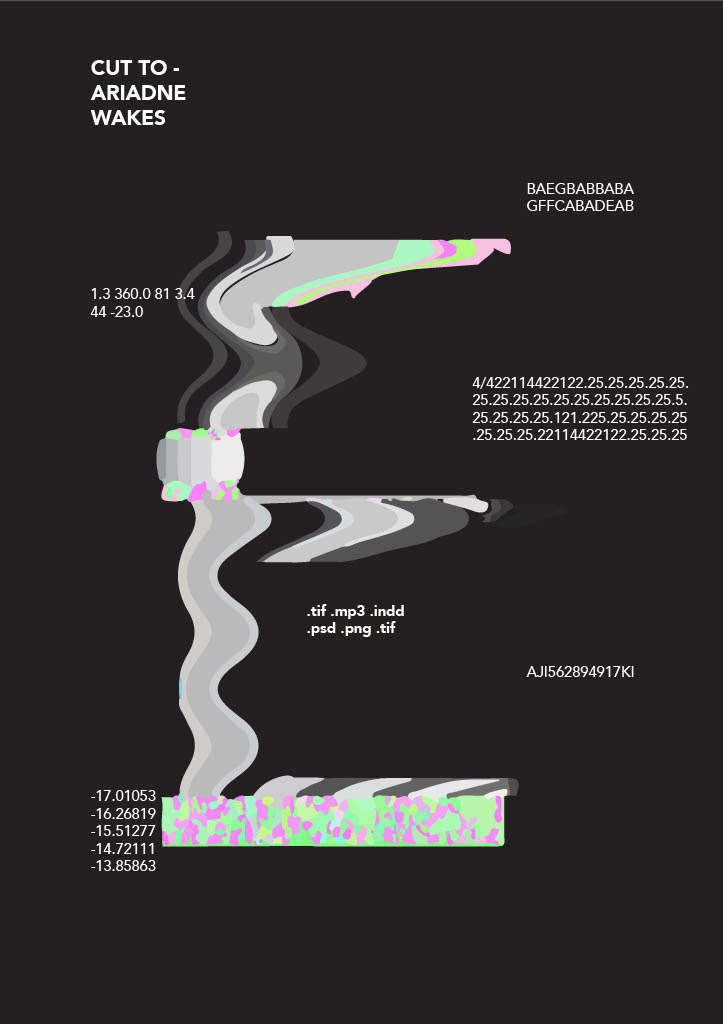

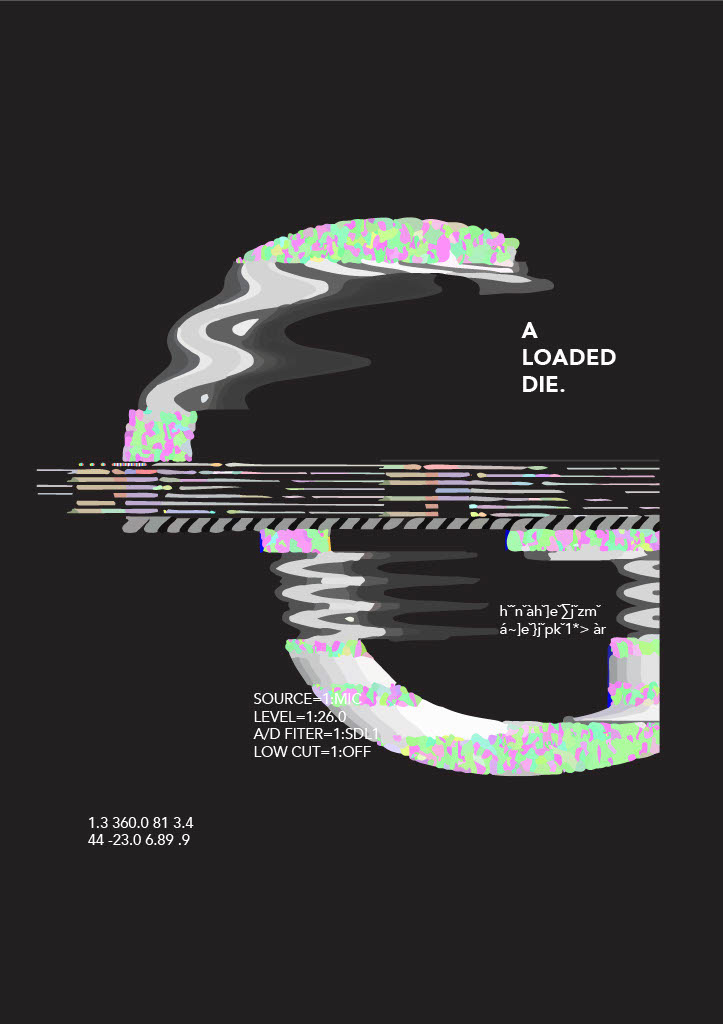
This project explores the intersection of music, the representation of women in movie music and typography. Inspired by the score from the film 'Inception' (2010), where the female lead is emphasised with the use of tense high-pitched strings, I used music editing software to distort the type in the following images, shaped by the frequencies and sound waves of music. Highlighting it as a process-led project, the data you see is a display of the process it took to make the typeface- raw data, file types, mic information etc, plotted along a music stave with notes.
See below for my process.
Process
I have always adored film scores and the ways in which it can impact the position of movie for the audience to accurately receive the narrative. Music can be gender biased and I wanted to explore ways in which I could present that visually through typography. The following images are sources of influence for my project.
I was influenced by Beatrice Caciottis research into gendered connotations with the genealogy of type design, its gender-specific attributes and how feminine traits such as curves and ornamentation were considered weak.
According to her thesis, there are unspoken codes among modern designers who are prompted to understand these gendered differences in order to be able to sell to a certain gender. In Emi Takahashis work, I thought about her use of elements with Japanese onomatopoeias, what they sound and feel like to influence her variable typeface, and how I could use this idea to translate it into shapes from film scores.
I began by experimenting with techniques in visualising sound. I gave the audio software Audacity some audio samples of film music and exported them as image files. However, I quickly discovered I had given the software far too much data to produce an outcome I could distill down and use to form letters or shapes.
I took a score from a film I knew to have gender bias in its characterisation- Inception by Christopher Nolan, scored by Hans Zimmer. The protagonist's wife, Mal, is portrayed in the score with singular high pitched and high tension violin notes. I played this myself on a classical flute and recorded it using a contact microphone to obtain the same frequency and simplified the data of the notes played one at a time.
In Audacity, I blended the letterform as an image along with my recordings, using the frequencies to digitally and sonically alter the letters.
I created the alphabet using this generative process, though in the end, I opted to stay within my musical bounds and only use notes found in music language, ranging from notes A-G. I choose to display my letterforms and the process I used to create them on a musical stave as a grid. The numbers and data you see are information such as the file types, frequencies in numbers and lines from the script of the movie.
